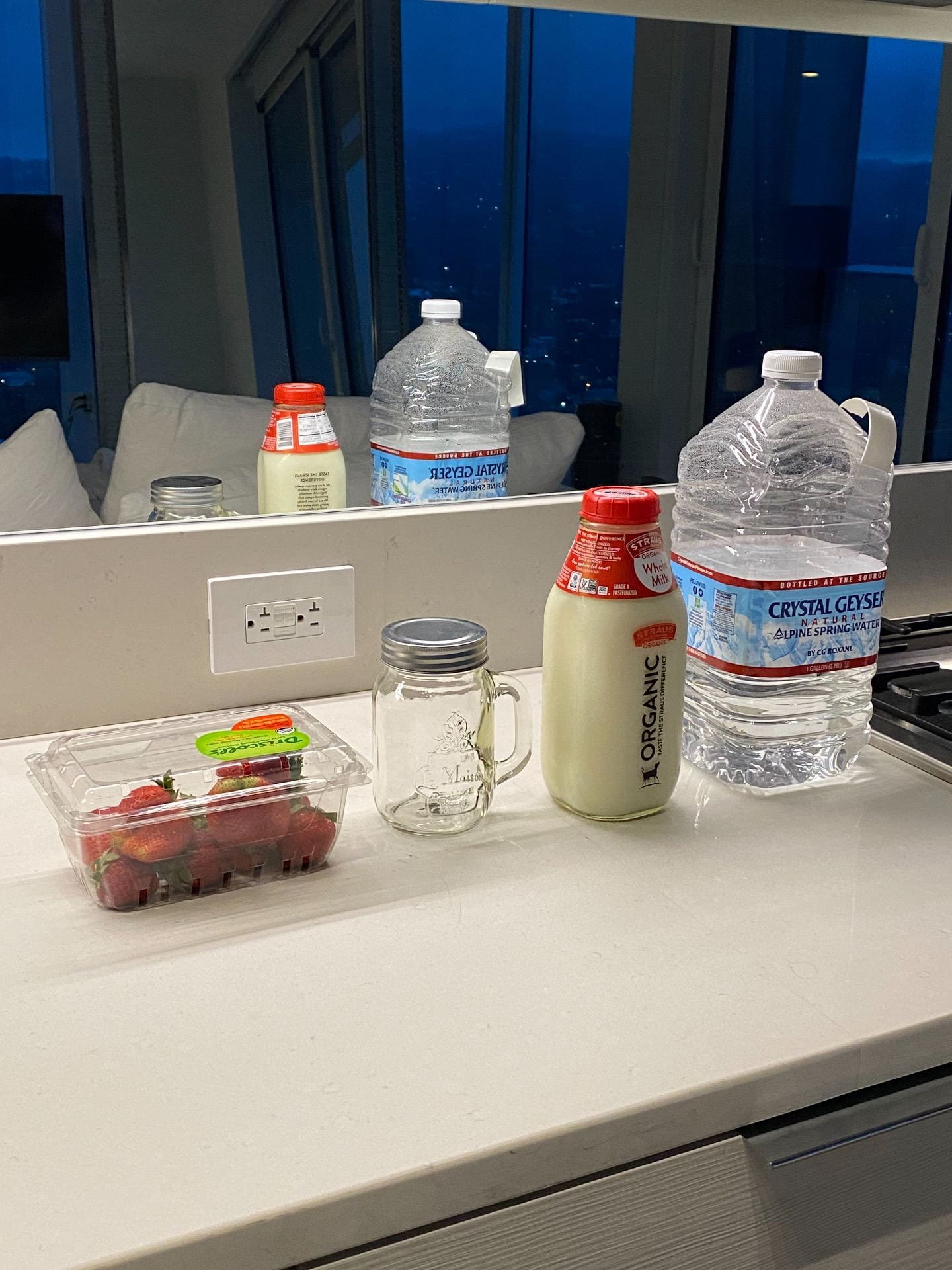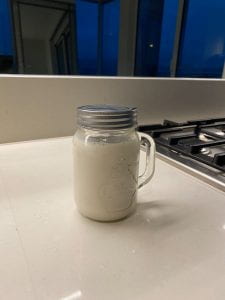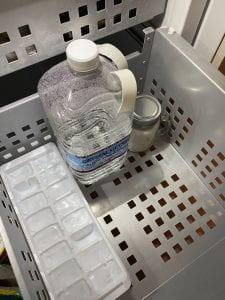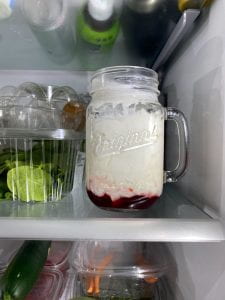What does food sustainability really mean?
When I enter a supermarket I instinctively search for my favorite products and what will inspire my culinary skills. Food sustainability is something that isn’t at the forefront of our minds as a generation. I believe our generation is based on food convenience, taste, and price. Mostly people in the U.S. grew up with a microwave, becoming more and more dependent on pre-heated food, lacking a sense of where does the product come from, how was it made, and what other repercussions it might have. I can be lucky to say that growing in Spain, I was more in touch with what nature is and the production of food. My family had land with oranges in which I remember myself being taught by a really young age how to treat the ground we walk on, the time something takes to grow and appreciate it, and finally the delicacy each product goes through to get to our homes. Having a better understanding of what makes food sustainable and become more informed culturally. I think that if we can teach our future kids the correlation between respecting the Earth and interacting with it, it will allow us to weigh up products and brands more easily. We could ask ourselves next time we go to the grocery store ‘does this align with my values or not’ more easily and mindfully. With this said, I really wanted to link my documentary to this project and make rose water – but looking into it, it pretty much seemed impossible within the circumstances. So I decided to try yogurt. I decided to pick yogurt because it is also linked to skincare benefits.
Yogurt, whether the Greek or regular kind, also contains lactic acid, an organic compound that aids in diminishing the appearance of wrinkles and fine lines by tightening and shrinking pores. It also has exfoliating properties that transform your skin from being dry and dull to lighter and softer. Rich in vitamin B, yogurt comes packed with 20 to 30 % of the daily-recommended value of riboflavin that keeps skin glowing and hydrated and aids in cell-growth and regeneration. As the old saying goes, “you are what you eat,” and including yogurt in your diet improves your metabolism and balances the good bacteria in your system, preventing breakouts even for those with skin conditions like rosacea and eczema. Meanwhile, adding yogurt to your skin care regimen helps moisturize your skin and delay the signs of aging.
I found all this information to be amazing a mesh completely with the message in which I was trying to display of clean beauty.
Here are the steps I followed for my at home yogurt:
FINAL RESULT:
REFLECTION:
Everything seemed to go great, until I forgot to take it out of the fridge in the morning, and didn’t do this until the evening. The consistency to me seems a bit off. I tried adding some Jam at the bottom for presentation purposes, but as the yogurt was SO THICK I had to change jars. It smells good, I just don’t trust it enough to eat it because I think I over left it in the fridge. This however, was a very fun thing to do in my opinion as it totally reminded me of my childhood memories and my grandmother when she would do yogurt. Moreover, I this taught me not only to make a new product, but remind myself not to take any food for granted when grocery shopping. I feel this project has pushed me to explore new ways of problem solving as I couldn’t really know if I was doing it right or not, and re-think my whole diet in sense of what type of milk to drink. Growing in Europe we are not very aware of almond, oat, or cashew milk, and I think this is also a big part for food sustainability to have a bigger impact in our lives, health, and again, become less reliant on other beings, and more in what Earth provides us with.






